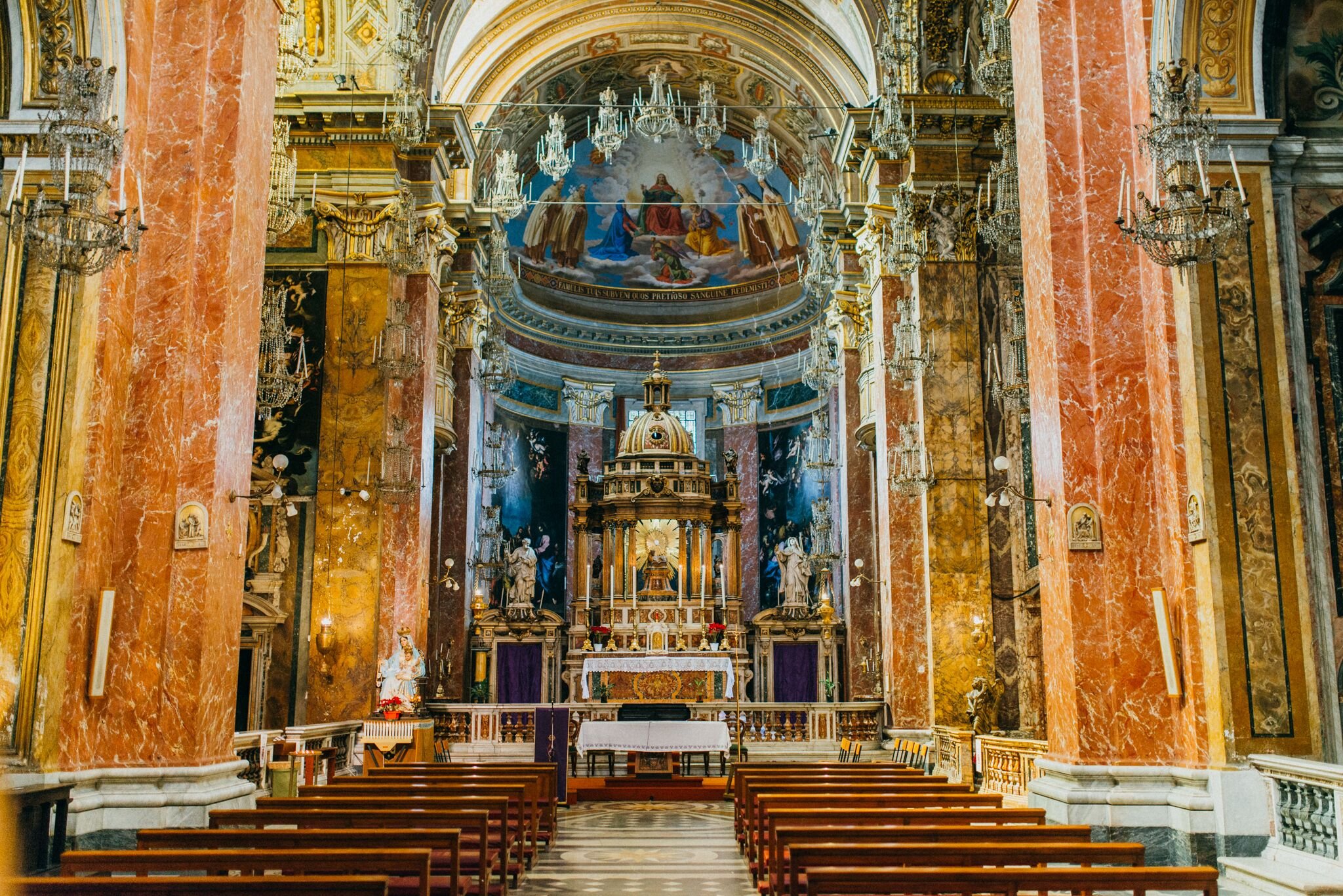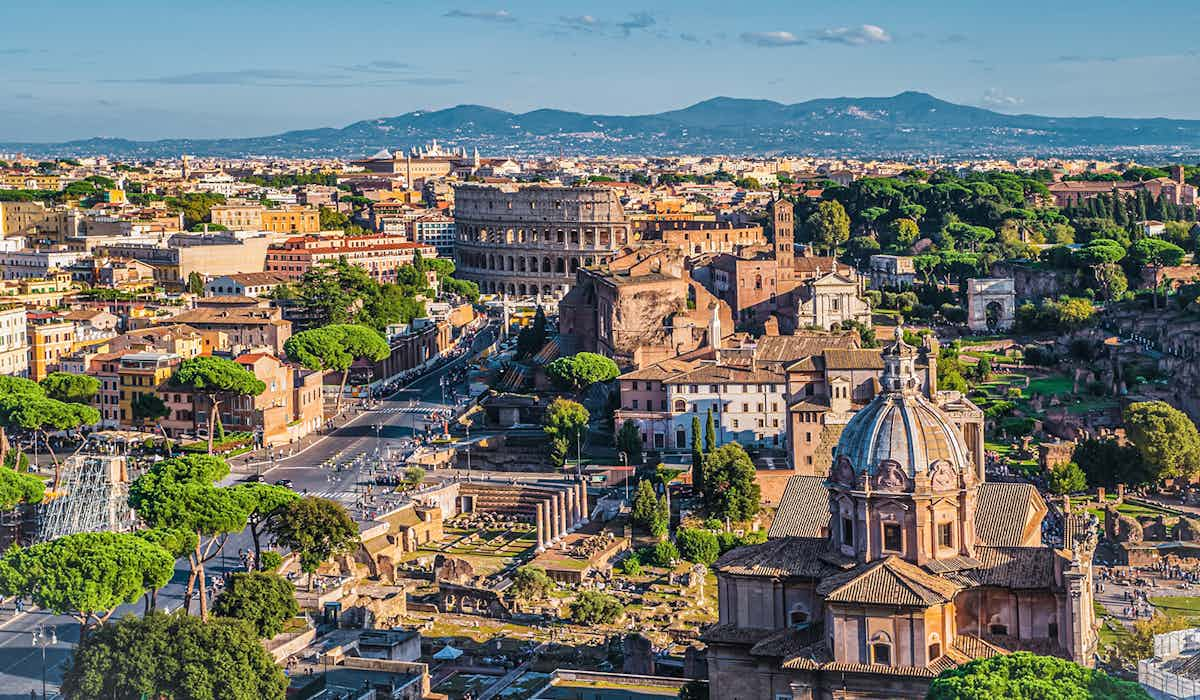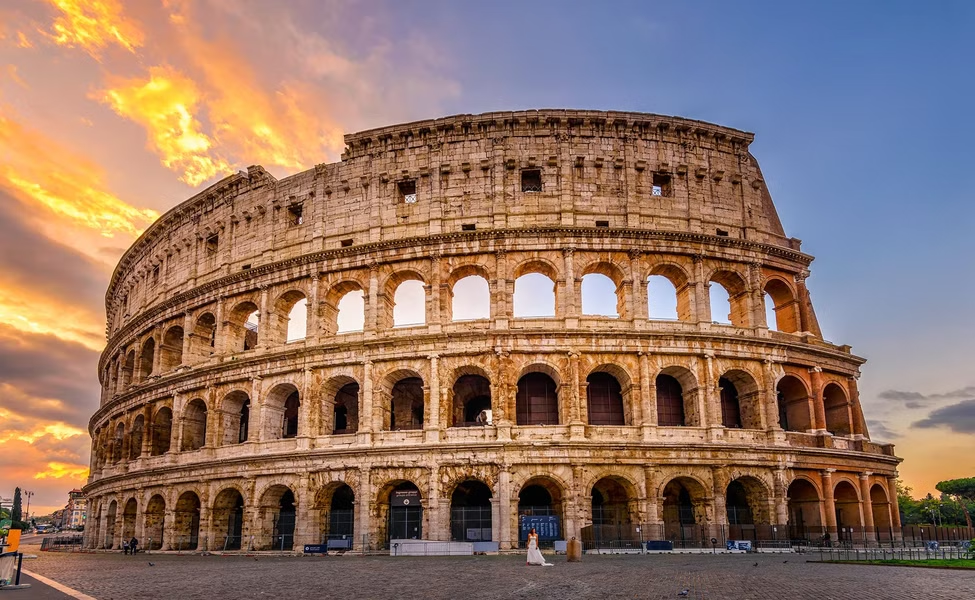The Colosseum, the largest amphitheatre ever constructed, is located in the centre of Rome, an Italian city. This majestic structure, which has a 2000-year history, was designated as one of the seven modern world marvels on July 7, 2007.
Every year, 6 million people visit the location. When visiting this amazing location, visitors are transported from one century to the next as they listen in awe to the tales of this ostensibly timeless monument. This landmark, which still stands in all its splendour, has experienced numerous disasters throughout the years due to fire, earthquakes, and vandalism.
Emperor Titus officially opened the Flavian Amphitheatre in 80 A.D.; the name "Flavian" comes from the Flavian dynasty, who erected it as a gift to the Roman populace. Later, the enormous Colossus of Nero that stood next to the Colosseum inspired the name.
This monument is a tourist draw, but it also has a connection to the Roman Catholic Church. Every year on the day of Good Friday, thousands of people participate in the "Way of Cross" procession, which begins near the Colosseum and is led by the Pope holding a lit torch.
The location also serves as a metaphor for the global movement against the death penalty. Every time a person who was sentenced to death is released or has their death sentence vacated, the local authorities changes the colour of the Colosseum's night illumination from white to golden as a protest against death sentences.































